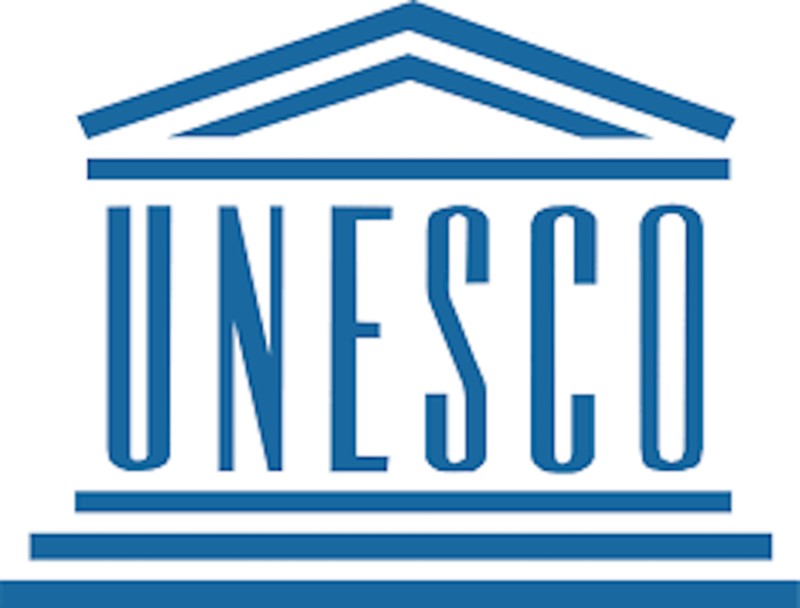
|
UNESCO today announced the inscription of 64 documentary collections on its Memory of the World Register, bringing the total number of listed collections to 494. See 64 new inscriptions here |
|||||||||||||||||||||||||
|
"Documentary heritage is the common memory of humanity. It must be protected for research purposes and shared with as many people as possible. It is a fundamental part of our collective history," said Audrey Azoulay, Director-General of UNESCO. |
|||||||||||||||||||||||||
|
Created by UNESCO in 1992, the Memory of the World Programme, aims to prevent the irrevocable loss of documentary heritage – documents or collections of documents of significant and enduring value, whether on paper, audiovisual, digital or any other support. The programme aims to safeguard this heritage and make it more accessible to the general public. Relaunch of inscriptions after six years Inscriptions on the Memory of the World Register had to be suspended in 2017 due to divergences among States involved in the nomination process. An important collective effort has enabled the procedure to be redesigned and nominations were re-launched in 2021. On Wednesday 24 May 2023, they resulted in the unanimous decision of UNESCO's Executive Board to inscribe 64 new documentary collections. Director-General Audrey Azoulay welcomed the new inscriptions: "For the first time since 2017, new documentary collections have been inscribed on the Memory of the World Register. This is a very positive signal. I welcome the enthusiasm and spirit of cooperation that has accompanied this process, with more than 20% of inscriptions submitted jointly by several countries. I thank UNESCO’s Member States for their commitment and this renewed momentum in favour of the protection of collective memory." With these new additions from 56 countries and organizations, the Memory of the World Register now numbers 494 documentary heritage collections from all regions of the world. Saved on a variety of supports from stone to celluloid, parchment to metal discs, this iconic heritage of universal value is now preserved for future generations, including, for example, illustrated and illuminated Persian manuscripts, the architectural archives of Oscar Niemeyer or the Panji Tale manuscripts. New entries this year Among the 64 collections added this year are the complete works of the Sufi poet and philosopher Mawlana, submitted jointly by Bulgaria, Germany, the Islamic Republic of Iran, Tajikistan, Turkmenistan and Uzbekistan; the records and sound documents of the EMI Archive Trust (over 100,000 recordings, covering music, urban and rural traditions as well as oral creations dating from 1897 to 1914); or the archives of the first meeting of the Non-Aligned Movement, submitted by Algeria, Egypt, India, Indonesia and Serbia. Several collections contribute to learning from past events and promoting reconciliation, including those on the assimilation of indigenous children, submitted by Canada, the archives of the Babi Yar Nazi massacres submitted by Ukraine, and Claude Lanzmann's Holocaust film Shoah and its 200 hours of archival footage, submitted by France and Germany. Three inscribed collections concern the memory of slavery: documents proposed jointly by France and Haiti, others jointly submitted by Curaçao, the Netherlands, Saint-Martin and Suriname, and others still by Mauritius. Documentary heritage in danger around the world In many parts of the world, documentary archives are under threat, notably in developing countries. Floods and fires have destroyed thousands of paper records over the years and audiovisual records are particularly fragile. Magnetic tapes deteriorate over time and machines that can play them are becoming increasingly rare. A collective effort is needed to preserve and digitize this material, which could otherwise be lost forever. Digitization and publication on the Internet make documentary heritage accessible to all, without damaging original documents by physically exposing them. As digitization is costly, UNESCO supports libraries, archives and museums, notably in Africa, in Côte d'Ivoire, Mali and Sudan. Over the past three decades, UNESCO has set up national Memory of the World committees in 94 countries. Since the beginning of last year, the Organization has helped nearly 40 countries develop public policies and capacities to ensure that their documentary heritage is inventoried, protected and made accessible to all. |


